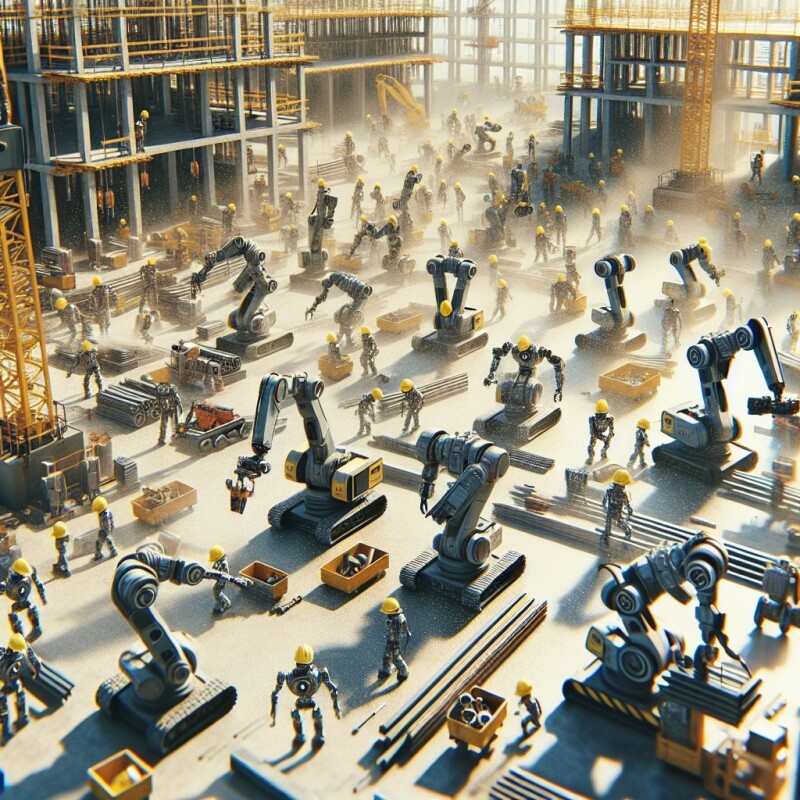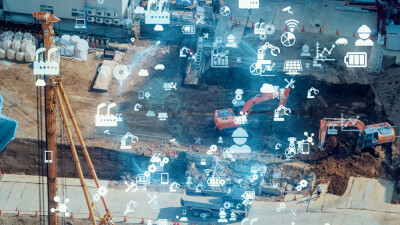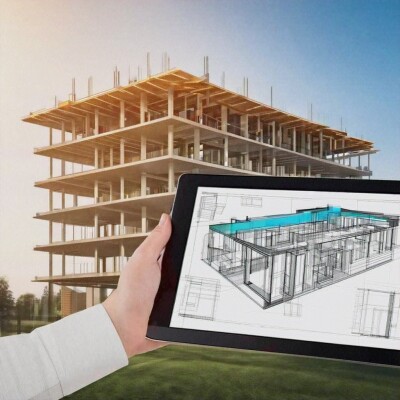There’s no industry in the world right now that is safe from the explosion in interest, conversation, and early implementation of artificial intelligence. Much of the hype is around generative AI like text and image generators, but other types of machine learning are benefitting from the buzz as well thanks to increased funding and compute power. In construction and AEC more broadly, we’re already starting to see an influx of tools boasting the power of AI. It’s certainly not a bad thing that AEC is embracing new technologies, but there are pros and cons to many of the AI tools out right now and the ones that are coming down the pipeline.
At Geo Week News, we’ve covered this trend over the last couple of years, looking at both sides of this coin. Below we have five examples of our coverage around the AI trend taking over AEC.
Construction Tech Providers May Be Overlooking Their Most Important Users
We start with a guest post recently contributed to Geo Week News by Usman Shuja, the CEO of Bluebeam. It’s a fascinating look at the AI adoption in the construction industry given it comes from the CEO of a company that is working to implement AI in many of their offerings, but doesn’t necessarily take a rosy view of the trend. Shuja, to be clear, is not anti-AI in construction, but lays out a case for implementing with care and with all end users in mind.
As Generative AI Works Its Way Into Architecture and Design, Care Must Be Taken
Here, we have another opinion piece pleading caution in these tools, this time thinking specifically about generative AI within the design phase of a project. We’ve recently seen a handful of design tools taking advantage of generative AI, including a release from Autodesk and a new company, Poliark. As argued in the linked article, generative AI can add a lot to the process and streamline some of the tedious tasks to leave more time for the creative portions of the project. However, it’s easy to fall into traps where we face negative consequences of too much generative AI, leading to both aesthetic and safety concerns.
Are AI and Robotics Starting to Revolutionize the Construction Industry?
As noted above, it is certainly not an entirely negative conversation around AI being implemented into the construction industry. This article highlights a session from the annual FutureTech conference, which was held earlier this summer. In the session, which was rebroadcast online, industry experts came together to discuss how AI and robotics are impacting the industry. There is still caution laid out in the discussion, but plenty of optimism on display as well.
How Field Work is being Transformed with AI and FieldTech
Sticking with the optimistic tone, this article looks at a webinar hosted on Geo Week News earlier this year around artificial intelligence being applied to field work. In the webinar, representatives from Fulcrum as well as TREKK Design Group talked about their usage of AI and how it is able streamline operations in the field. The webinar provided some real-world examples of how AI is already being used in their work, and some of the ways they can foresee it being utilized in the future.
OFIL Systems Announces Gridnostic, a Solution for Predictive Grid Resilience Analysis
Finally, we move away from more construction-centric workflows and look at a solution for crucial infrastructure inspection. Our power grids are being tested more than ever – in part due to this AI boom – and with climate change creating more extreme weather conditions its upkeep is vital for many populations. As such, effective maintenance is a must. This article looks at a new product, called Gridnostic, which leverages machine learning and artificial intelligence to streamline these inspections and find the areas of a power grid that needs the most immediate attention.






